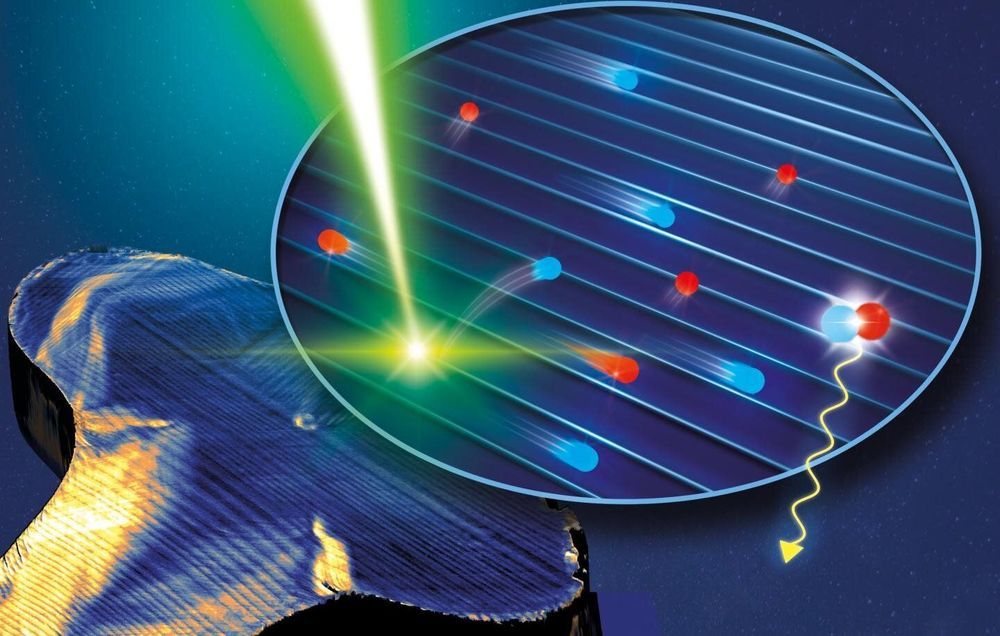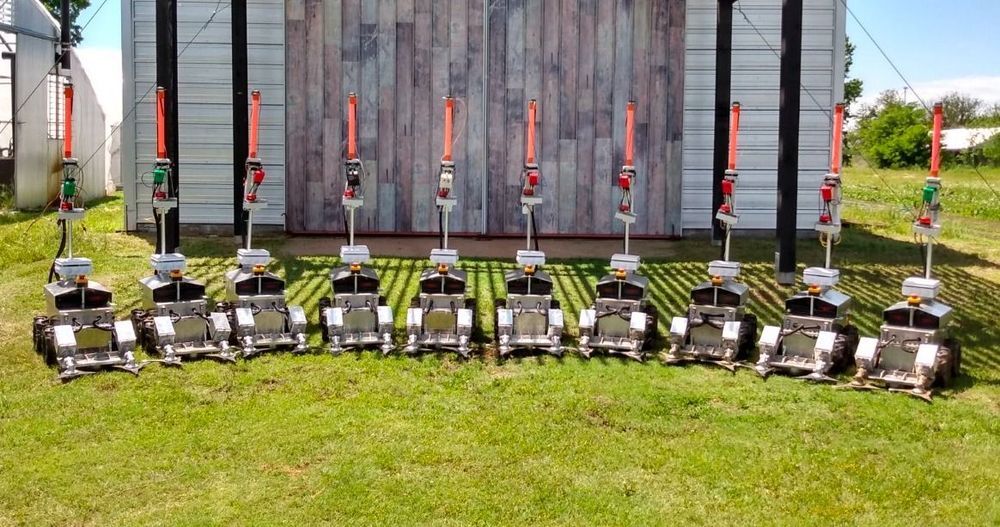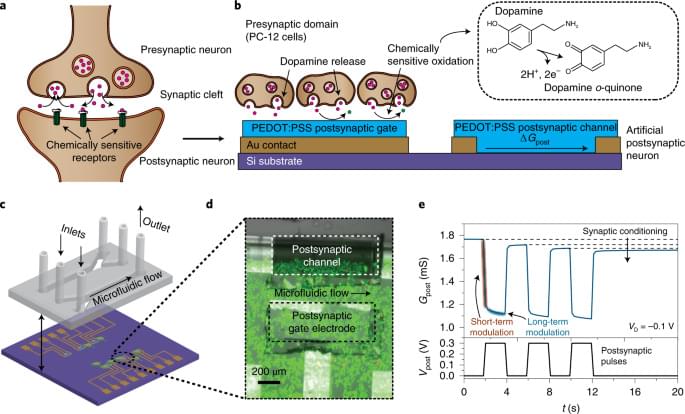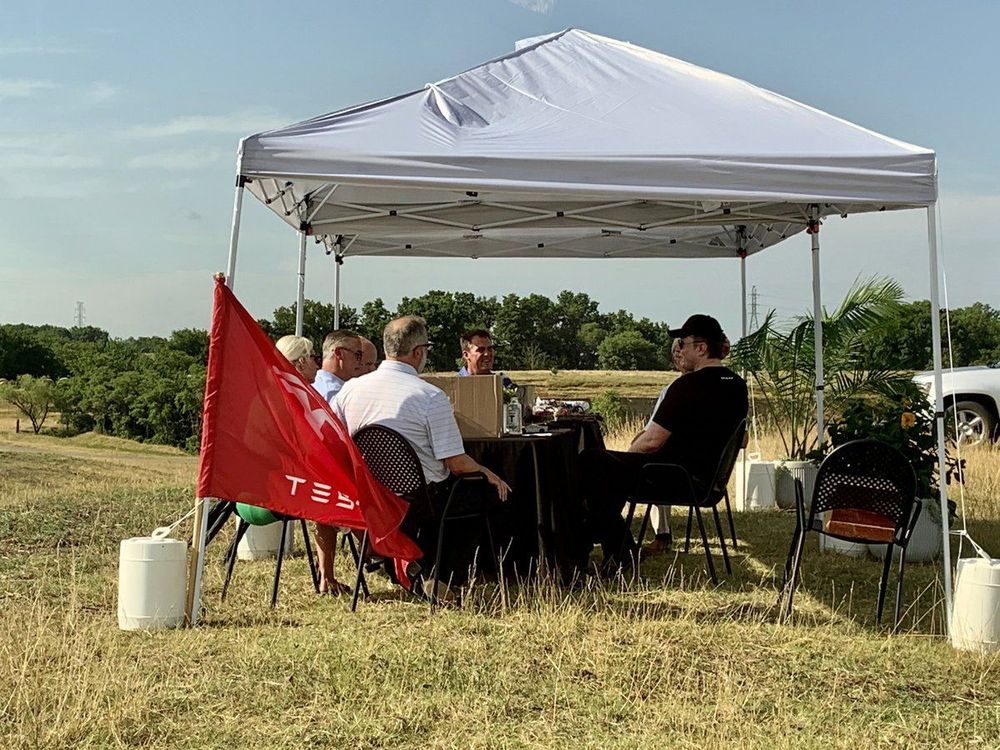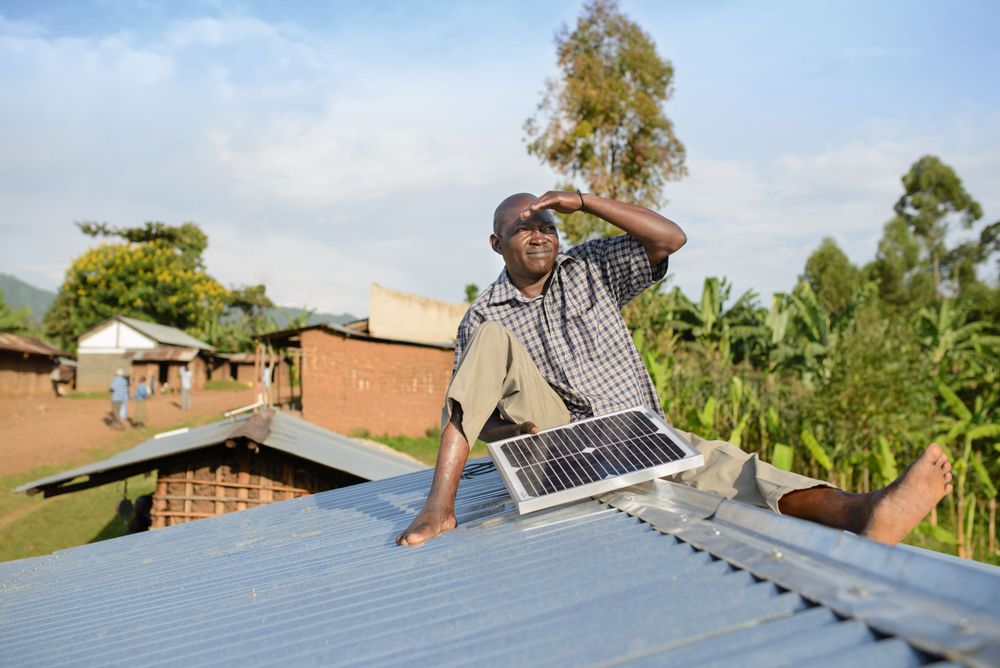SHANGHAI/BEIJING — U.S. electric vehicle maker Tesla Inc is “very close” to achieving level 5 autonomous driving technology, Chief Executive Elon Musk said on Thursday, referring to the capability to navigate roads without any driver input.
Musk added that he was confident Tesla would attain basic functionality of the technology this year, in remarks made via a video message at the opening of Shanghai’s annual World Artificial Intelligence Conference (WAIC).
The California-based automaker currently builds cars with an autopilot driver assistance system.

